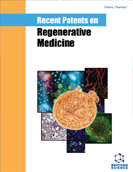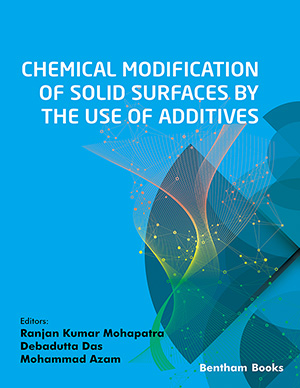Abstract
Skeletal muscle is highly efficient at self-repair following injury via a complex interplay of muscle and nonmuscle cellular components, soluble growth factors, and the extracellular matrix. Under certain circumstances, such as after extensive acute tissue injury, prolonged periods of muscle disuse, and in some diseases, the regenerative capacity of muscle can be overwhelmed or impaired. Predictive muscle break down can also occur (e.g., in age-related loss of muscle mass and function, and post-operatively when procedures involve direct muscle damage, denervation or loss of blood supply), and strategies that facilitate muscle regeneration and reduce recovery time or the effects of ageing would be highly beneficial. Thus, there is a need for therapeutic approaches that promote muscle regeneration after injury, and/or to preemptively protect muscles from damage. Recent research has culminated in a range of patents that focus on the therapeutic enhancement of skeletal muscle regeneration and/or protection of existing muscle mass. This paper reviews recent research developments and therapeutically-based patents and patent applications that target epigenetic, paracrine, and signalling mechanisms underlying the normal regeneration process.
Keywords: Ageing, epigenetic, growth factor, muscular dystrophy, myogenesis, regeneration, skeletal muscle, signal transduction, MYOGENIC PROCESSES, myoblast proliferation.
 39
39







